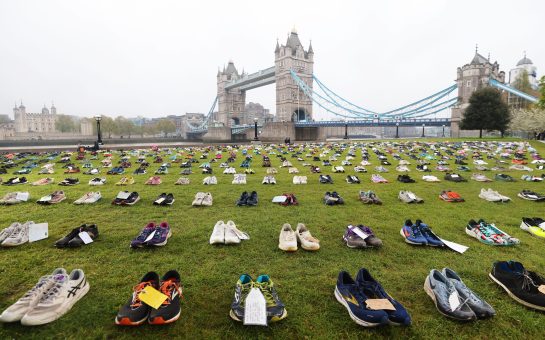The National Archives has launched an exhibition on internment, prisoners of war and their escapes during WWII.
Following the release of documents by the Ministry of Defence, and to commemorate the 80th anniversary of The Great Escape, the exhibition features significant documents and artefacts from the period.
These include some ingenious escape craft and official debrief documents, chronicling the challenges prisoners and escapees faced.
Well worth a look is the section on Airey Neave and Anthony Rolt.
Neave escaped from Colditz, a camp famous for housing the most troublesome and compulsive escapees from other Prisoner Of War (POW) camps.
Despite Colditz’ in-escapable reputation, he staged an audacious break that took him through occupied France, through Spain and finally to safety in Gibraltar, making him the first Briton to successfully escape Colditz.
Tony Rolt made several escape attempts from various prisons. One attempt took him within yards of the Swiss border, but he was recaptured, and later sent to Colditz.
He was instrumental in the glider plot, where POWs built a glider in the attic above the chapel.
This would be launched from the eaves, with two foolhardy prisoners aboard. Fortunately, the camp was liberated before the opportunity arose.
Rolt pursued motor racing and engineering after the war. He competed in the first ever F1 word championship, and his engineering led to the first ever four-wheel drive production car, the Jensen FF.
But the exhibition features less celebrated stories too. The internment of Germans, Austrians and Italians is little known.
Roger Kershaw, one of the exhibitions’ curators, said: “Following the fall of France in June 1940, many were interned, mostly on the Isle of Man. Even those who fled the Nazis as political refugees were interned.”
The exhibition also highlights the treatment of POWs captured by the Japanese.
Kershaw explained: “Even though Japan had signed the 1929 Geneva Convention, they never ratified it, meaning they could pick and choose what support they gave to prisoners. The treatment was harsh and brutal.”
Around 25% of prisoners held by the Japanese died as a result, compared to 3% of those held by the Germans.
The Changi Camp in Singapore housed some 50,000 prisoners, a mix of internees and POWs. Many were sent to work on the infamous “death railway” in Burma, where 16,000 were killed.
“The soldiers’ weak condition made escape more difficult. The camps were mostly in jungles, making navigation much trickier too,” Kershaw added.
Overall, the exhibition is well worth a visit. It tells fascinating stories, with enough detail while still being very accessible. It runs until 21 July.
Hours vary, but it is currently open every day except Monday, at the National Archives, a ten-minute walk from Kew Gardens station on the District line.
Featured image credit: Chris Chalmers





